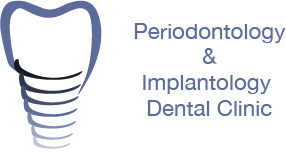The form and shape our gum play a key role in the aesthetics of our smile. Modern aesthetic rules stipulate that a harmonious smile should not display more than 3mm of gums. Otherwise, the condition is defined as “gummy smile” which may be an esthetic issue that affects many people.
Apart from the issue of aesthetics, functionality is also taken into consideration, as there is a multitude of factors that can cause gum hyperplasia that hinders proper oral hygiene and causes problems to the patients. These factors may include the use of orthodontic appliances or use of drug , such as drugs for blood pressure, epilepsy or drugs used by patients who have had an organ transplant. It is obvious that these patients can not discontinue their treatment nor can easily find alternative medications that will not create these side-effects in their gums.
In order to restore the aesthetics and functionality in these cases, we need to remove the hyperplastic tissue, giving the gums a normal form which allows for proper oral hygiene. It should be emphasized that proper oral hygiene can reduce or eliminate the risk of recurrence of the problem, since not optimal oral hygiene can be a triggering factor for the development of gingival hyperplasia.
The removal of excess tissue can be performed very easily and effectively using the appropriate dental laser. This technique has enormous advantages over classical techniques using a scalpel, since there is no post-operative discomfort to the patient and no bleeding as the laser causes hemostasis when removing the tissue. The result is immediate and there is not even the need for stitches.
Similarly, the ease of handling of the Laser gives us the opportunity to really use this as a “pen ” and accurately to “draw” the desired shape gum, giving us an optimal final result. Because of the nature of the procedure, there is no neeed for additional corrective treatment sessions, as would be the case with classic gingivectomy procedures, nor is there a need to apply protective dressings that are quite bulky and and not well tolerated by the patient.



